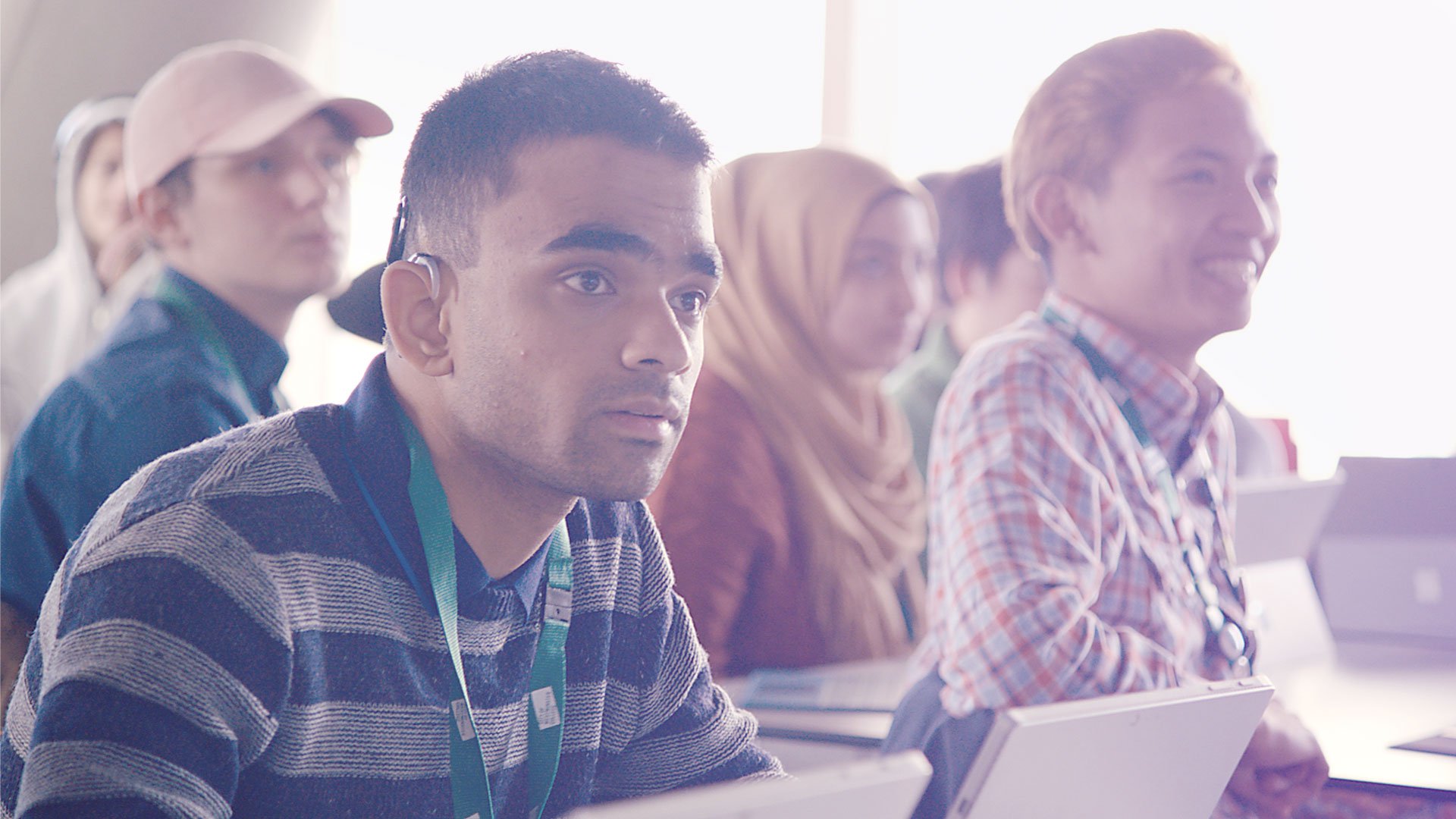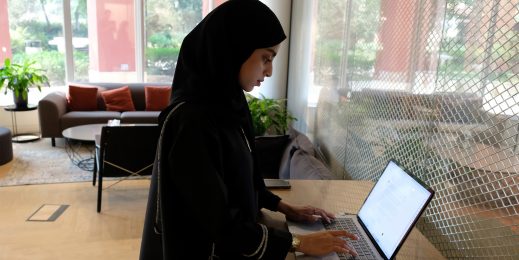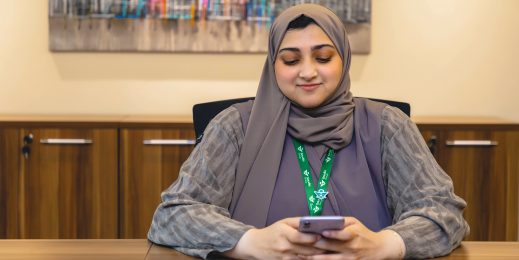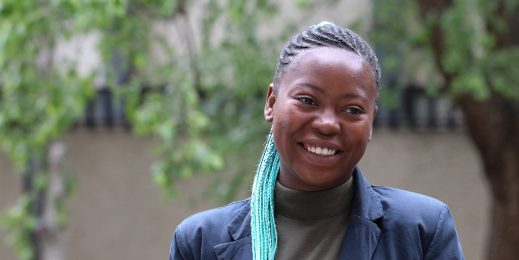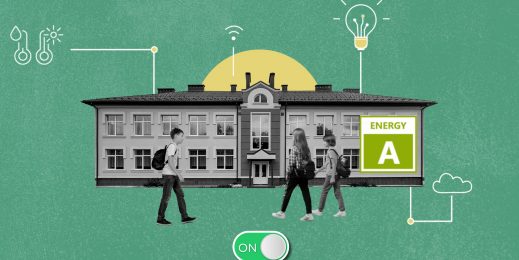
Technology in education doesn’t just make things quicker or easier – it can also break down barriers
It’s easy for many of us to take the simple things in life for granted. Going for a morning jog. Watching the snow fall on a tranquil winter evening. Listening to the sounds of leaves rustling in the wind.
For some people, daily activities can be more challenging, due to physical, sensory, or other differences. In the words of Esam Baboukhan however, “Everyone has a voice, and I believe everyone deserves to be heard.”
Baboukhan, a computer science instructor at the City of Westminster College in London and Microsoft Innovative Educator Expert (MIE), has seen first-hand the impact that technology can have in providing opportunities for people. One of his students, Kabir, has a hearing impairment. While he has a sign language interpreter, neither Baboukhan or his students are versed in sign language, resulting in Kabir relying on his interpreter.
Searching for a technology that could help bridge this communication gap, Baboukhan introduced Microsoft Teams as a digital hub where conversations and curricula exist to support learning, into his class. The results were immediate. In Kabir’s own words “Teams has been really useful. It’s broken down barriers that were there before, such as hearing other students, but with Teams and OneNote, I can communicate a lot easier, understand clearer, and my confidence has really improved.”
“As I watched, I could sense that this was really a special moment,” says Baboukhan. “It was then I realised the potential and power of technology to transform and improve lives. It may sound like a cliché, but it really felt like a ‘magical moment.’ The body language and face expressions of [Kabir] made this a moment I will not easily forget. The sign language interpreter was also moved and made me feel quite emotional.”
In addition to helping Kabir break down barriers, Baboukhan has also seen other benefits from adapting the technology: “Teams had a very big impact on the way we communicate and collaborate with our students. We’ve got access to our students and now they’ve got access to their teachers – and I think that opportunity to access their teachers at any time has improved attendance, punctuality and success rates.”
Learning on demand
While Teams has helped communication barriers in the classroom, Baboukhan has also faced other challenges. Late or absent students are common problems all teachers face regularly, and ensuring that everyone is caught up with the curriculum so that they don’t get left behind is crucial – not to mention difficult.
To help ensure that every student has an equal opportunity to learn, Baboukhan is using Microsoft Stream to record sessions so that students can learn from them at any time: “I teach web development and I used to repeat sessions four times across two days. Now I record my sessions with Stream, and AI automatically generates the transcripts for all four of my groups to access. It’s really good for differentiation, because people can rewind when they get stuck or watch when they miss sessions. It’s also really good for reducing stress levels of teachers.”
Teachers like Baboukhan show that technology can break down barriers and offer opportunities for those willing to learn to overcome challenges, so that they can follow their passions.





